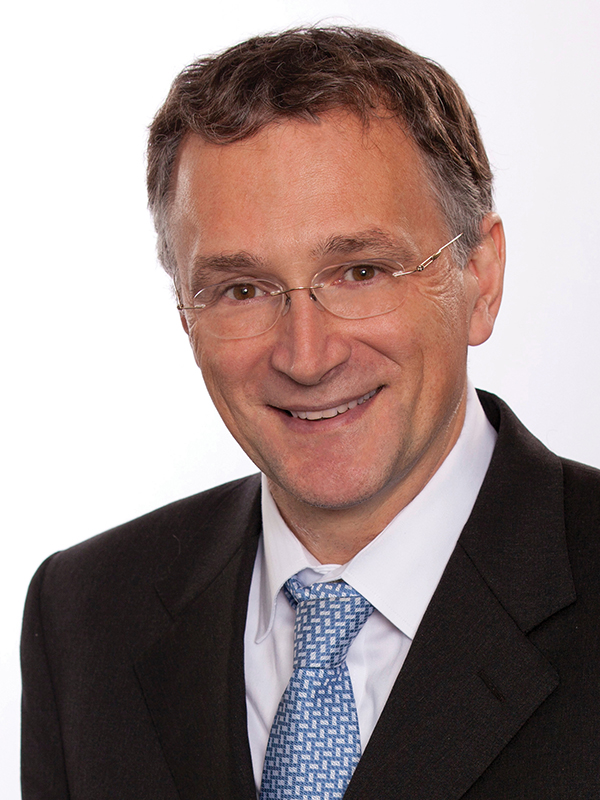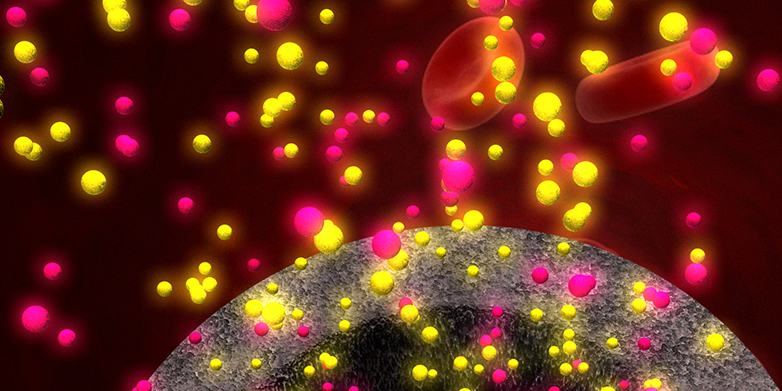Every year, the Department of Mechanical and Process Engineering (D-MAVT) awards the Aurel Stodola Medal to an outstanding scientist in the discipline. Mauro Ferrari, who researches and teaches in the field of nanomedicine at Houston Methodist Hospital in Texas, is honoured this year. He will speak about his research on April 1 at ETH Zurich.

Mathematics, mechanical/process engineering, medicine, nanotechnology and the fusion of biomedical nano and microtechnology – bear the impact of Ferrari’s impressive track record. Now the Department of Mechanical and Process Engineering (D-MAVT) is honouring his accomplishments with the award of its Aurel Stodola Medal 2015. “Professor Ferrari’s outstanding research was decisive for us in presenting him with the medal”, says Sotiris Pratsinis, Professor of Particle Technology at the Institute of Process Engineering, ETH Zurich.The D-MAVT faculty elects an internationally recognised expert in its discipline each year.
Career integration of many disciplines
Ferrari began his academic career by earning a "Dottore" (comparable to a master's degree) in mathematics at the University of Padova in 1985. He went on to complete a MSc and PhD in Mechanical Engineering (1989) at the University of California Berkeley, where he was elected assistant professor in both materials science and civil engineering departments in 1991 and associate professor (with tenure) in both five years later. In 1998, he became a full Professor of Biomedical Engineering at Ohio State University .
But that was not all. A terrible blow of fate – his first wife passed away from cancer – inspired him to learn about medicine and motivated him to undertake medical studies that would land him a full professorship in internal medicine at Ohio State University in 1999. As Ferrari said in an external page interview with Nature Medicine, he had to go through the normal curriculum and fight through the learning material, just like all the other students. As an outsider in the field of medicine, this was a crucial step for him in order to acquire basic medical knowledge. Today, the busy researcher works, inter alia, as President and CEO of the Houston Methodist Research Institute, overseeing more than 1,500 personnel and 800 clinical trials.
Nanotechnology headed to the hospital
Equipped with basic medical knowledge, Ferrari established a new field of research in which he could combine his breadth of expertise: fluid mechanics with biomedical nano and microtechnology. Nanotechnology can be used in three medical areas: diagnostics, drug delivery and personalised medicine.
Several of Ferrari’s new technologies have already found their way into hospitals; for example, ‘nano-traps’ that filter peptides and proteins from the blood stream. As a result, diseases such as HIV, tuberculosis and co-infections can be detected early in children. Diagnostic tools for the detection of different stages of cancer and iron metabolism disorders are also based on this technology.
In addition, Ferrari has developed multi-stage vectors (MSV), essentially multifunctional particle systems that are injected into the blood stream. MSVs accumulate in the target structure, such as cancer cells or tumours, where an active agent can be delivered directly, increasing the effectiveness and minimising the side-effects on healthy cells. MSVs have already been used against metastases in animal models and should soon enter clinical trials.
Endurance runner in all areas
“Professor Ferrari’s thirst for knowledge cannot be quenched. He is a highly motivated researcher and furthermore an enthusiastic runner”, says Pratsinis. Alongside his huge scientific workload, Ferrari likes to take part in long-distance races, preferably ultramarathons of more than 100 kilometres each. Ferrari also devotes time to playing the saxophone, writing poems and short stories, and even amateur acting, according to the ETH professor.
At the ceremony at ETH Zurich, Ferrari will give the public Aurel Stodola Lecture on the topic of ‘MultiStage Vectors and Transport OncoPhysics’. In his speech, he will discuss the possibilities offered by nanotechnology in the area of personalised medicine. He will present approaches of how multi-stage vectors made from nanoporous-silicon could one day be used, inter alia, in cancer medicine. The lecture will take place on April 1, 2 pm - 3:15 pm, in Audimax (HG F 30) at ETH Zurich’s main building. Admission is free. Registration is not required.
